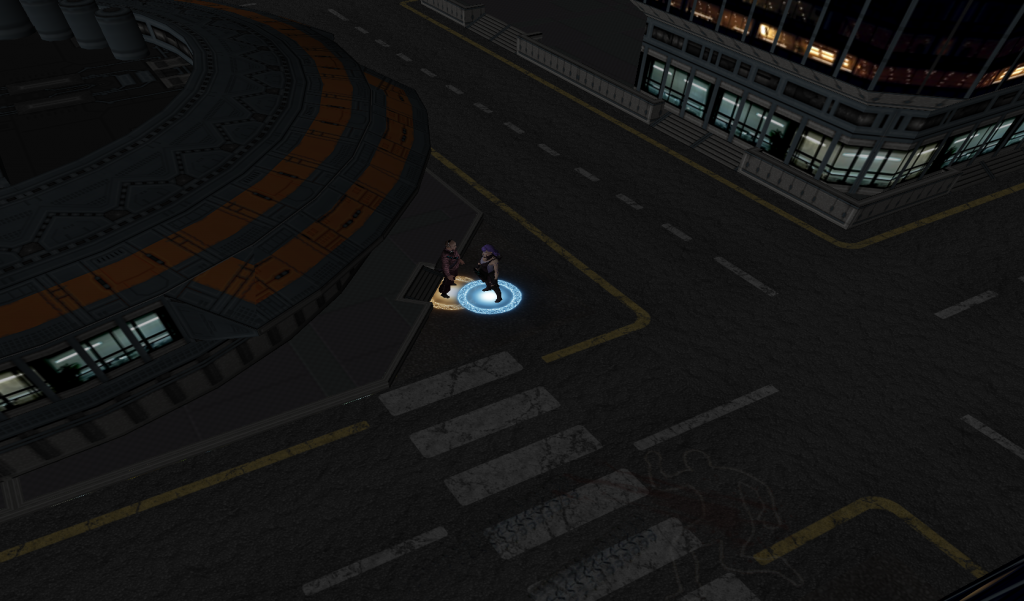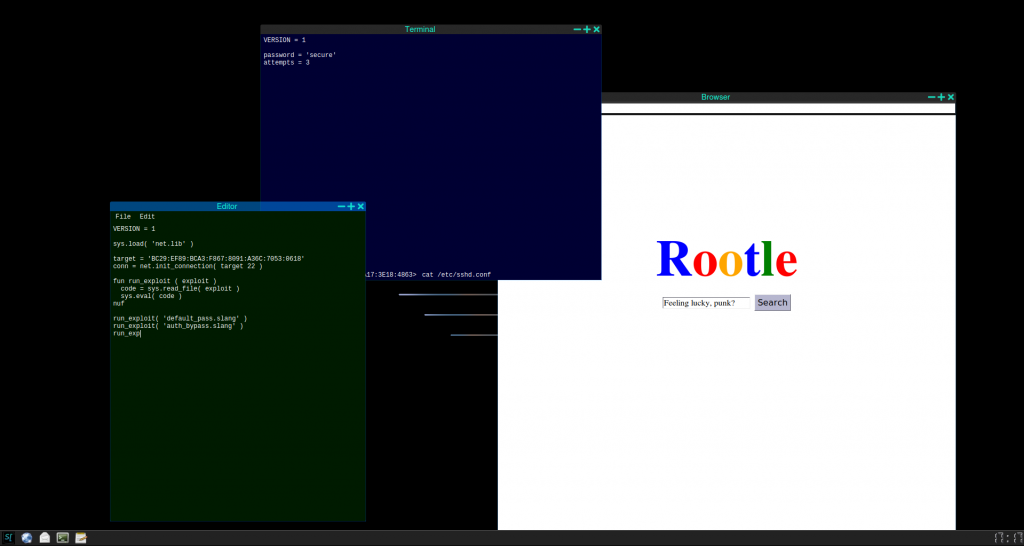Here at (defun games ()) HQ, we write a lot of posts about game development. This time, I’d like to take a step back and discuss (defun games ()) itself — the company we’re building, how we’re building it, and why.
If you pay much attention to the gaming industry, it’s hard to miss the complaints about “pay-to-win” microtransactions, rushed releases, and game developer burnout. These anti-features hurt the industry in the long term, and can only lead to disappointment for everyone involved. We believe there’s a better way to build a game studio:
We believe in big, hairy, audacious games. Plenty of well-meaning folks have advised indie studios like us to start off with simple platformers or clones of popular mobile games. AAA studios, meanwhile, are infamous for rehashing the same franchises ad nauseum. While those games might be easier and/or safer to make than a cyberespionage MMO, in my humble opinion, they’re a lot less satisfying — not only to make, but also to play! That’s why we’ve dedicated ourselves to what we call Big Hairy Audacious Games. Because at the end of the day, that’s what gives us, and our games, meaning. Speaking of which….
We believe that games can be more than just entertainment. For those who choose to use it as such, Spycursion will be as much an educational tool as a game. This is not an accident! So-called “serious games” are not new, but we believe that game developers (not to mention humanity) would benefit from helping to make them more common and more popular. This topic is worthy of its own post later on. For now, you’re probably wondering how we hope to accomplish all of this…
We believe in working smarter, not harder. By taking advantage of procedural generation and other secret alien technology, we can of course save time. But we don’t do that just so we can produce more games more quickly — we do it to preserve the sanity and work-life balance of everyone who works on Spycursion and other to-be-determined games. It would be all too easy to follow the broader societal trend of “do more with less,” but we believe the end results of that are flawed products and burnout. That’s another reason why…
We believe in releasing games when they’re ready. Most AAA studios announce their games’ release dates weeks or months in advance, usually timed for the late autumn or another similarly heavy game-buying season. This is a standard “best practice” for marketing throughout the industry, which would be all well and good, if not for the inevitable technical hurdles that are also prevalent all over the industry. So what happens when marketing and development disagree? Too often, the answer is: Crunch time! We believe, as above, that forced crunch time can only lead to flawed products and burnout. Our goal is to make games that are well worth the wait (Spycursion included!), and for our fans to know that they will be, in part because…
We believe that “winning” is a skill, not a price. Remember back in the days of video game arcades, putting quarters into machines in exchange for play time fragging/dunking on your friends? And do you remember how, if you put in more quarters than your friends, your characters would become faster and stronger and have better abilities? No, I don’t remember that either, because being able to pay for a gameplay advantage would suck all the fun out of any game. We believe in fair monetization schemes that reward strategic gameplay, not wallet size.
If you’ve read this far, hopefully this paints a picture of a game studio you’d like to support… or work with. If you happen to be in the market for a startup gig and would like to help us grow (defun games ()) into the studio it’s meant to become, take a peek at the Join Our Team page for more information.





